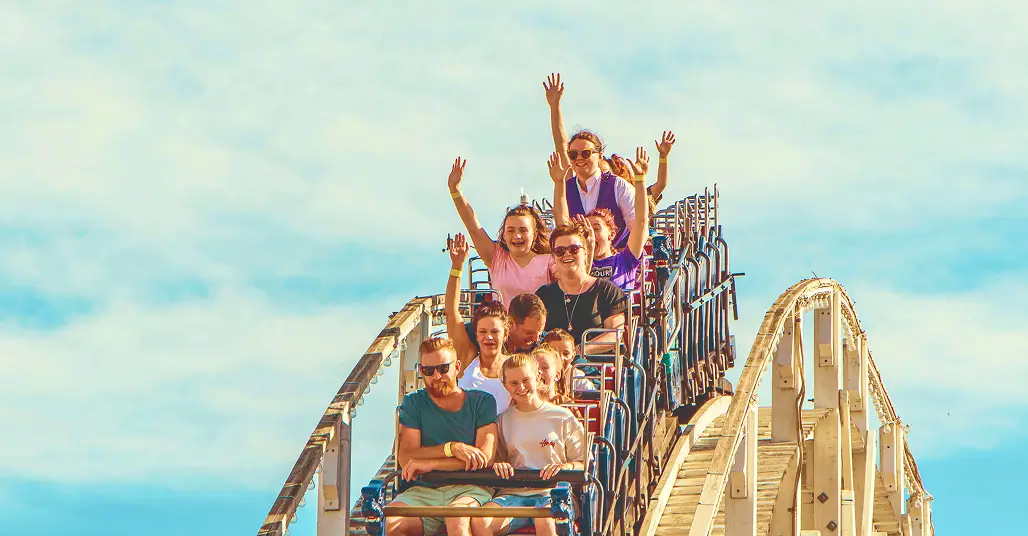Central State Museum of the Republic of Kazakhstan things to do, attractions, restaurants, events info and trip planning
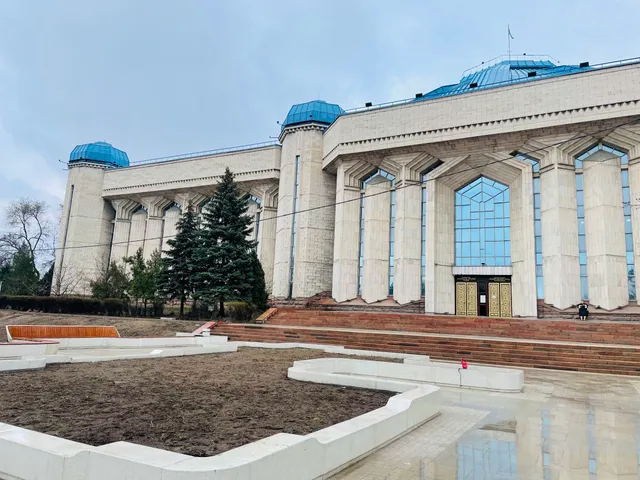
Basic Info
Central State Museum of the Republic of Kazakhstan
Samal-1, 44, Almaty 050059, Kazakhstan
4.3(1.5K)
Open 24 hours
Save
spot
spot
Ratings & Description
Info
The Central State Museum of Kazakhstan is the largest museum in Almaty, Kazakhstan, and one of the largest museums in Central Asia. When first established in 1931, the museum was located in the Almaty Cathedral. It moved to a modern facility in 1985 and is a landmark in Almaty.
Cultural
Accessibility
Family friendly
attractions: Independence Monument, Giant Oak at the Square of Independence, RAart Gallery, M. Lermontov State Academic Russian Drama Theather, National library of Kazakhstan, Abay Kunanbaiuly Monument, M.Auezov Literature Memorial House, restaurants: Cicek Mangal, Белый слон, Pekinskaya Utka, Bereket Restaurant, Trattoria, Бочонок, Beefeater meat&wine, Ресторан silk alley, Line Brew Almaty, Ocean Basket Dostyk Plaza
 Learn more insights from Wanderboat AI.
Learn more insights from Wanderboat AI.Phone
+7 7272 64 26 80
Website
csmrk.kz
Plan your stay

Pet-friendly Hotels in Almaty
Find a cozy hotel nearby and make it a full experience.

Affordable Hotels in Almaty
Find a cozy hotel nearby and make it a full experience.

The Coolest Hotels You Haven't Heard Of (Yet)
Find a cozy hotel nearby and make it a full experience.

Trending Stays Worth the Hype in Almaty
Find a cozy hotel nearby and make it a full experience.
Reviews
Nearby attractions of Central State Museum of the Republic of Kazakhstan
Independence Monument
Giant Oak at the Square of Independence
RAart Gallery
M. Lermontov State Academic Russian Drama Theather
National library of Kazakhstan
Abay Kunanbaiuly Monument
M.Auezov Literature Memorial House
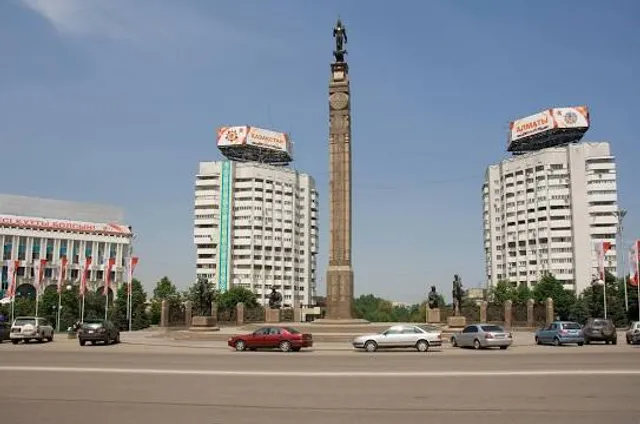
Independence Monument
4.6
(1.3K)
Open 24 hours
Click for details

Giant Oak at the Square of Independence
4.0
(9)
Open 24 hours
Click for details

RAart Gallery
5.0
(8)
Open 24 hours
Click for details
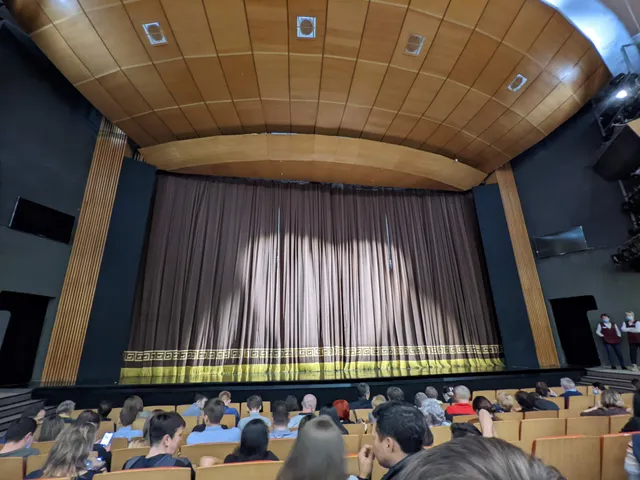
M. Lermontov State Academic Russian Drama Theather
4.8
(2.1K)
Open 24 hours
Click for details
Things to do nearby
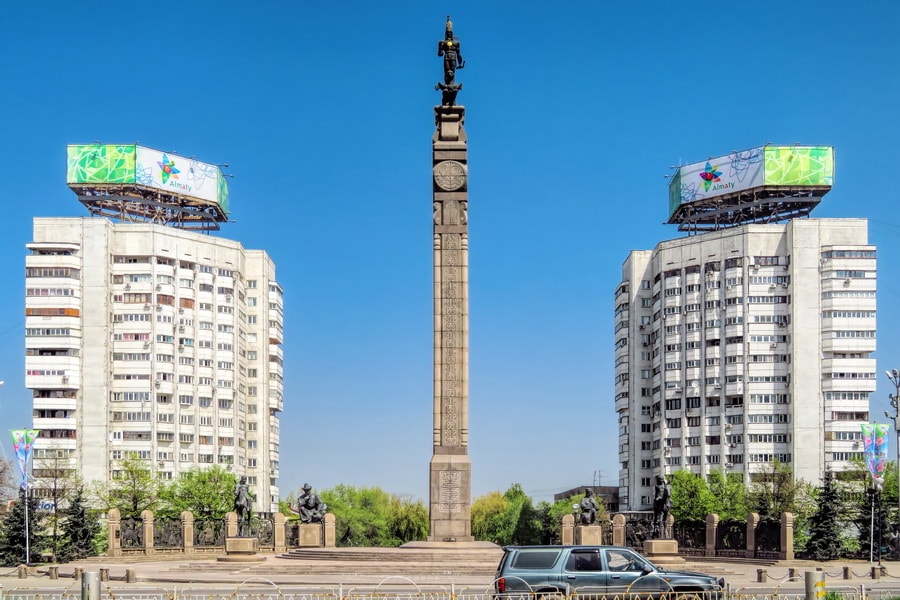
Walk Kazakhstans Largest City: Squares & Streets
Thu, Jan 8 • 10:30 AM
Almaty, Almaty Region 050000, Kazakhstan
View details
Nearby restaurants of Central State Museum of the Republic of Kazakhstan
Cicek Mangal
Белый слон
Pekinskaya Utka
Bereket Restaurant
Trattoria
Бочонок
Beefeater meat&wine
Ресторан silk alley
Line Brew Almaty
Ocean Basket Dostyk Plaza
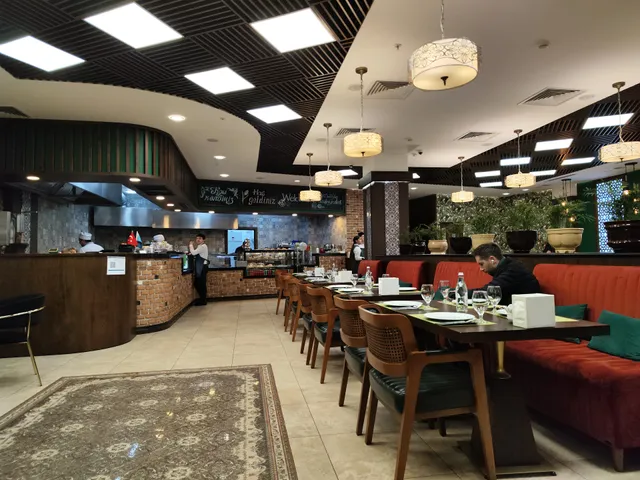
Cicek Mangal
4.4
(978)
$$
Click for details

Белый слон
4.6
(101)
Click for details
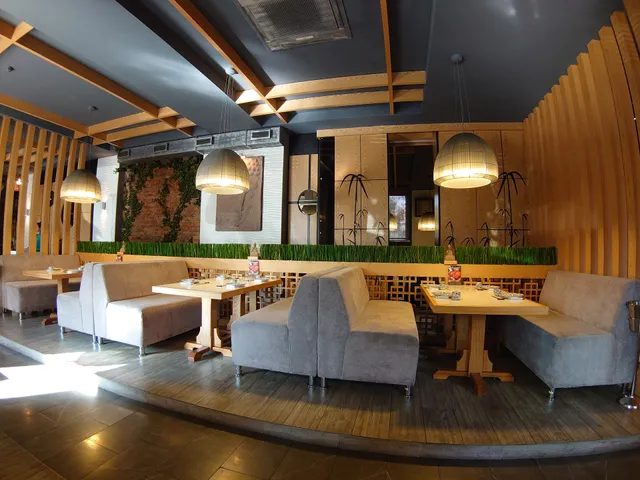
Pekinskaya Utka
4.6
(250)
$$
Click for details
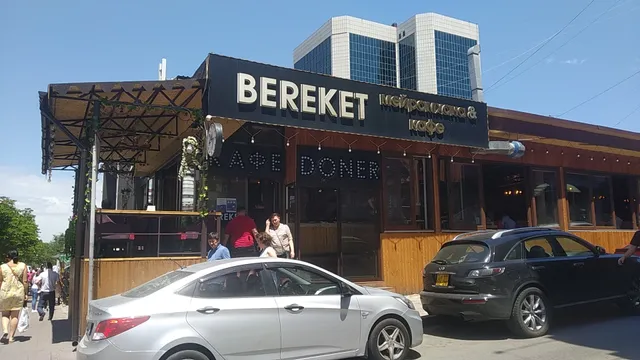
Bereket Restaurant
4.3
(675)
Click for details
